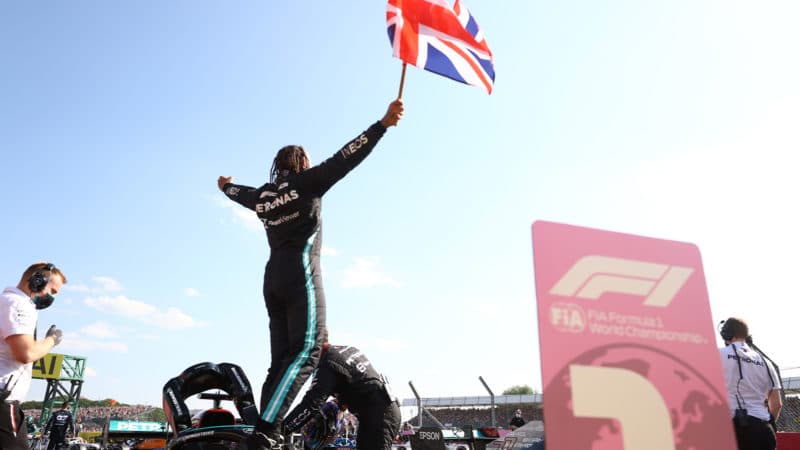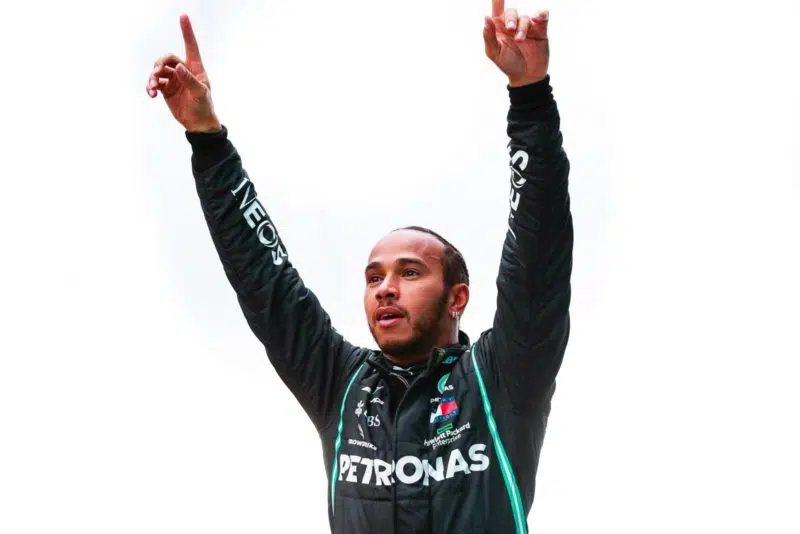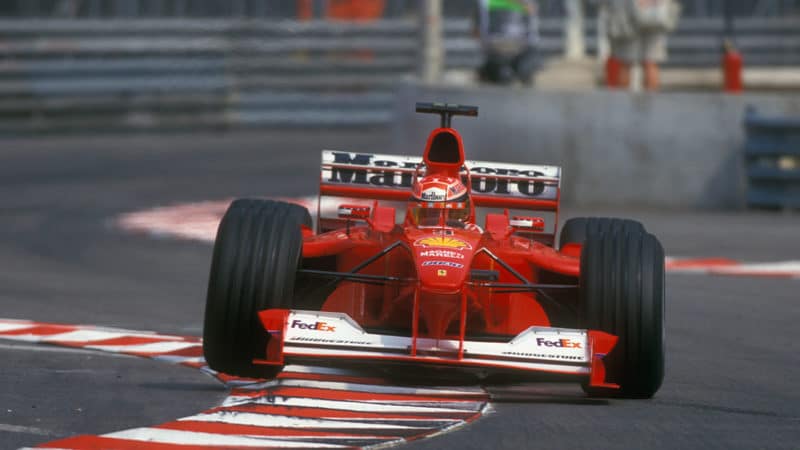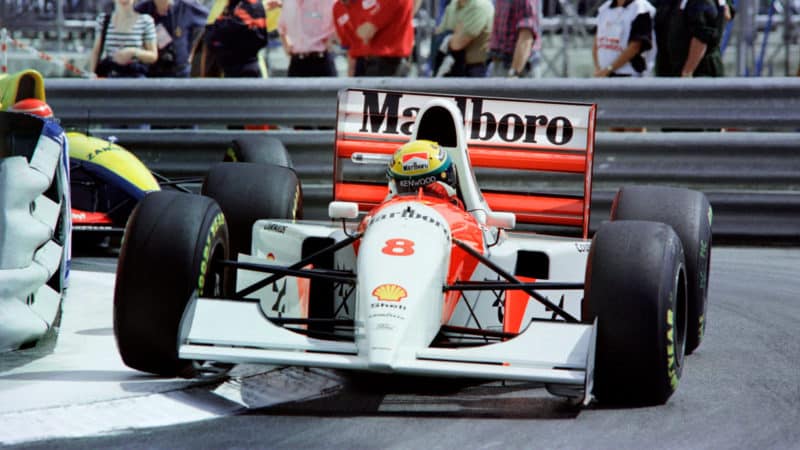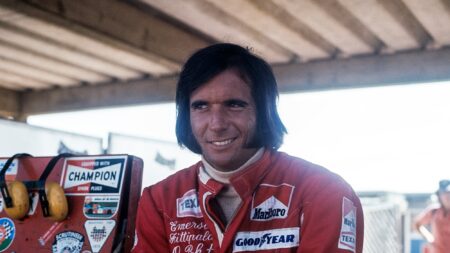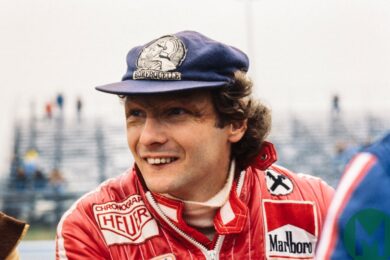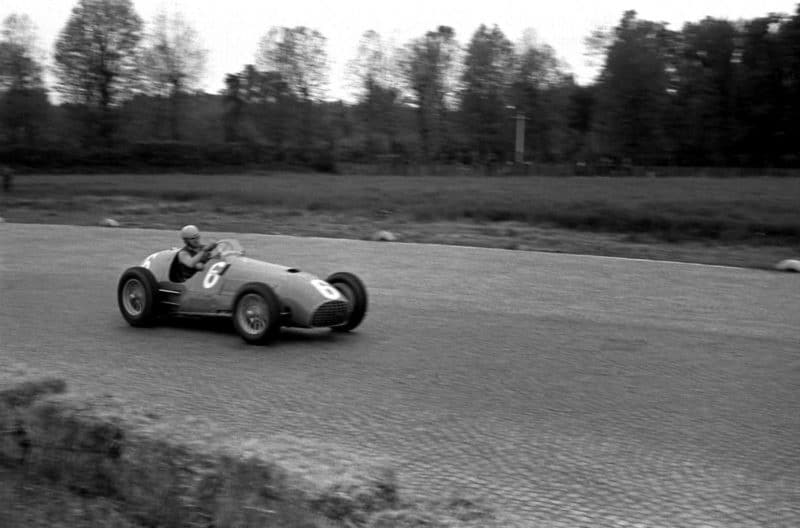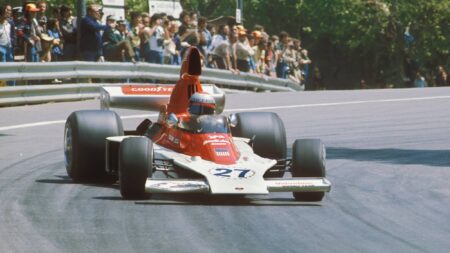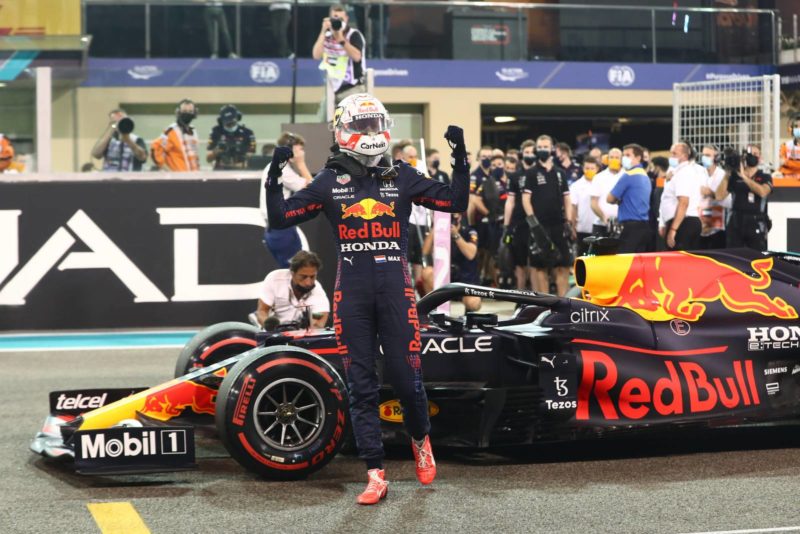This was the second time the Lotus 72 had won the championship, after Jochen Rindt in ’70, with Fittipaldi winning with two rounds to spare, proving to be a cut above the rest that year.
He then followed that up with a second title two years later, before Nelson Piquet won his first of three championships in the final race of 1981.
The fight that year was incredibly tight and the top five drivers were all within one race win of each other, with Piquet winning the championship by one point ahead of Carlos Reutemann, Alan Jones, Jacques Laffite and Prost.
Piquet won his second championship two years later, again in the final round, before claiming his last title win in ’87.
Piquet’s final championship was immediately followed up by the first title of fellow Brazilian Ayrton Senna, who managed to just beat McLaren team-mate Prost by three points that year in the celebrated MP4/4.
His second championship then came very controversially in 1990 at Suzuka in the penultimate round.
After claiming pole, Senna was upset that he still had to start the race on the dirty side of the track. The Brazilian persuaded authorities to switch to cleaner side, but FIA president Jean-Marie Balestre overruled them and had it changed back. Being on the racing line, Prost, now at Ferrari, managed to get off the line quicker.
However, neither driver saw the end of Turn 1 after Senna drove straight into the side of Prost which caused both to crash out, thus giving the Brazilian the title.
Senna was then crowned again the following year, winning his third and final championship once more at Suzuka in the penultimate round.
Since then, Brazil came close to a fourth champion with Felipe Massa in 2008, but while in front of his home crowd, he lost out by one point after Lewis Hamilton made a title-deciding overtake on Timo Glock for P5 in the final corner of the final lap.
Currently, Brazil’s biggest hope of its next champion is Felipe Drugovich who, at the time of writing, leads the Formula 2 championship but with many other drivers waiting for a shot at F1, his chances of breaking through into racing’s top tier are looking slim.
Fourth – Argentina (5 world championships)
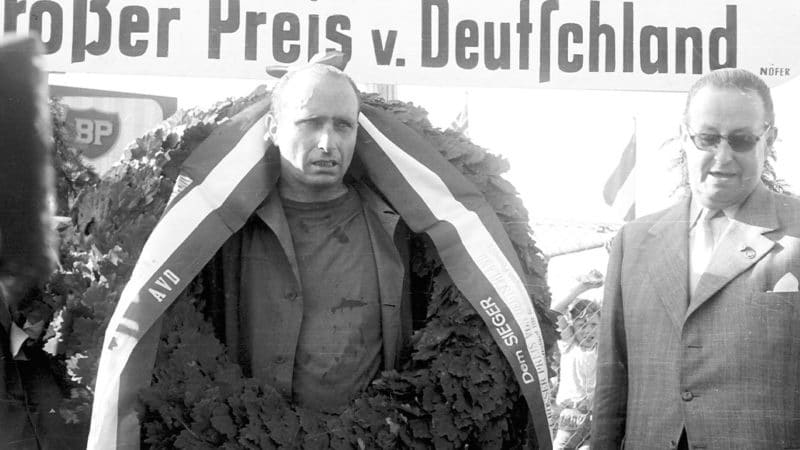
Fangio has won all five of Argentina’s F1 titles
There are a lot of world championships next to Argentina’s name, yet they all came through one driver – Juan Manuel Fangio.
Dubbed the ‘El Maestro’, Fangio became the second driver to win the world championship clinching the title at the final round of the 1951 season.
After a couple of years missing out, he then gave F1 its first era of true dominance by winning four straight titles between 1954 and 1957.
The first of that run has to be his most impressive after Fangio won six of the nine rounds that season, standing on the podium seven times in total, despite skipping the second ’round; of the season at the Indianapolis 500, which was then included on the F1 calendar but entered by few F1 drivers.
The closest Argentina has come to a champion since then is Reutemann, who was runner-up to Piquet in 1981.
Currently, however, the only Argentinian in the top categories of single seater racing is 19-year-old Franco Colapinto, who is ninth in the Formula 3 championship at the time of writing.
Joint-fifth – Finland, Australia, Austria and France (4 world championships each)
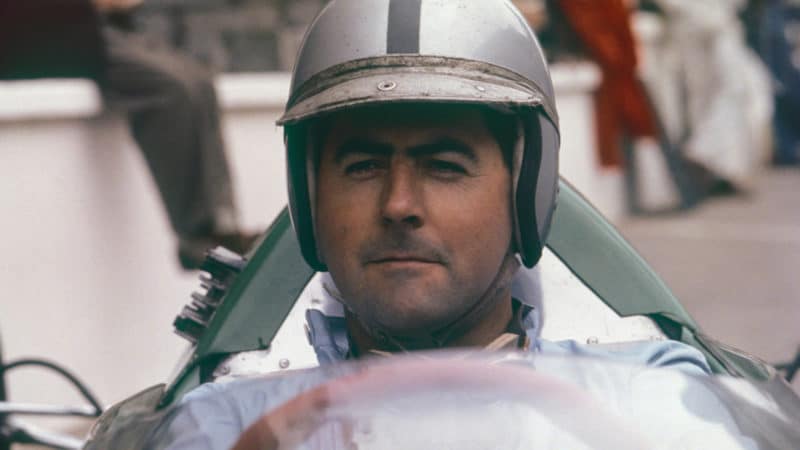
Brabham took Australia’s first world titles
Australia was first of the four to produce a world champion with Jack Brabham claiming back-to-back titles in 1959 and ’60.
He then won a third in 1966 where four consecutive race wins in the core of the season, helping him to have it wrapped up with two rounds to spare.
14 years later, Alan Jones became the next Aussie to win the championship who in 1980, also becoming the first Williams driver to clinch the F1 title.
Jones is also the last Australian to become world champion but the country has still had great drivers since then with Mark Webber and Daniel Ricciardo both becoming race winners.
However, Australia also has hot prodigy Oscar Piastri who is touted, by many, as a future F1 champion after he won Formula Renault, F3 and F2 all in consecutive years.
After Australia, Austria then became the next country here to produce a world champion with Jochen Rindt winning in 1970.
However, that title win is also famous for the fact Rindt is the first and only driver to clinch the championship posthumously, after he died in a crash at Monza with three rounds to spare.
The ‘70s was a successful decade for Austria in F1 though, with Niki Lauda making his debut in the sport in ’71, before winning his first championship four years later.
The Austrian could have made it back-to-back titles had it not been for his infamous crash at the Nurburgring in ’76 – him leading the standings at that point – which caused him to miss the next two rounds, but he followed that up with a second championship in 1977.
